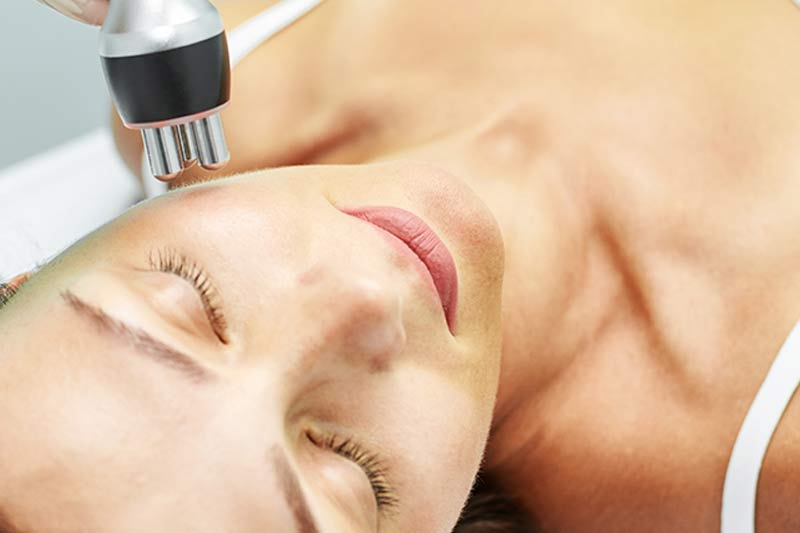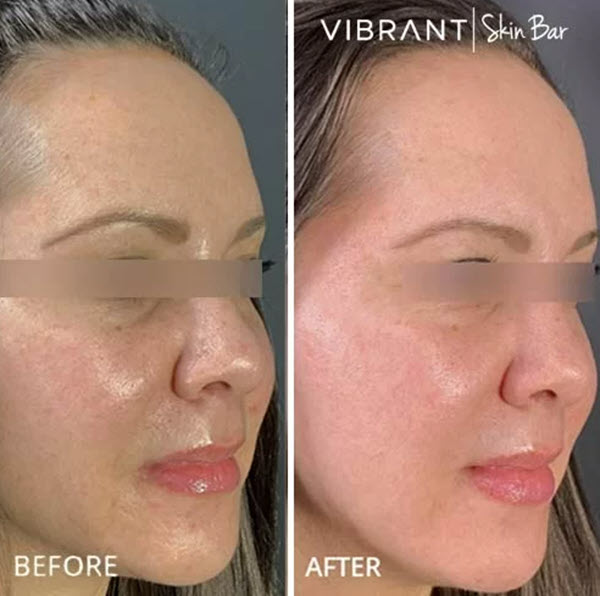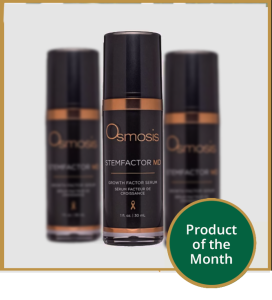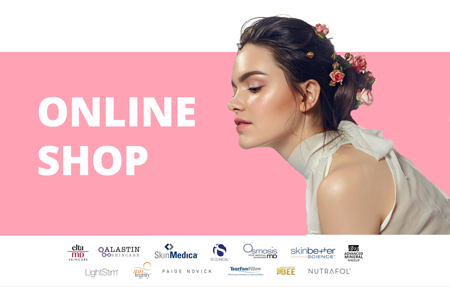Cosmetic treatments are a popular non-surgical solution to signs of aging skin. Depending on the treatment, they can correct skin imperfections, minimize some types of acne scars, reverse sun damage, and even eliminate wrinkles.
This article focuses on laser resurfacing, explaining how it works and listing its many benefits for premature skin aging. It also provides details about how to prepare for a laser resurfacing treatment, aftercare, results, and costs.

What Is Laser Resurfacing?
Laser resurfacing involves using a laser device that sends light energy to the skin, stimulating the dermal layers to build collagen and help remodel the skin. Depending on the type of laser, the treatment may also remove the skin’s surface layer (epidermis), causing new skin to grow smoother and tighter.
Types of Laser Resurfacing Treatments
The two main types of laser resurfacing are ablative and non-ablative. They produce very distinct results. The treatments can be delivered using fractional or non-fractional laser technology.
Ablative Laser
Ablative lasers remove the outer skin layer by vaporizing it. The process stimulates the skin to heal, leaving it smoother and tighter. The heat also reaches the dermal layers, causing increased production of new collagen fibers and skin remodeling over time.
Ablative lasers are more powerful than non-ablative devices. They visibly reduce the signs of aging and the results can last for years. The treatment also comes with a longer recovery period and a higher risk of infection and other complications.
The two most common types of ablative lasers are:
- CO2 – A high-powered laser emitting pulsed or continuous light beams to treat wrinkles, acne marks, blemishes, scars, warts, and pigmentation issues.
- Erbium (Er:YAG) – A gentler and slightly more precise laser targeting fine lines and wrinkles, sun-damaged skin, acne scars, and skin laxity.
Non-ablative Laser or Light Source
Non-ablative lasers are much less invasive than ablative lasers. They don’t cause damage to the outer skin layer but only heat the underlying tissue to induce collagen production. The treatment provides mild to moderate skin improvements over time, causes no downtime, and minimizes the risk of side effects is minimal.
Non-ablative lasers include:
- Pulsed-dye – Selectively targets hemoglobin to treat vascular issues, including rosacea, redness, spider veins, hypertrophic scarring, and keloids.
- Nd:YAG – Avoids the dermis and targets dermal layers to improve fine lines, wrinkles, spider veins, and pigmentation issues.
- Intense pulsed light (IPL) – Emits light of multiple wavelengths to stimulate collagen and elastin production and treat various skin conditions, including vascular lesions, acne, hyperpigmentation, and loose skin.
Note: Learn more about the photofacial treatment and how it helps with a range of skin concerns, including wrinkles and pigmentation.
Fractional Lasers
Fractional laser technology is a delivery method used both with ablative and non-ablative lasers. It breaks up laser energy into thousands of tiny beams, delivering the treatment to narrow columns of skin while leaving other areas unaffected. This method accelerates recovery and provides striking results.
Non-fractional lasers are more invasive, treating the whole facial area.
What Does Laser Resurfacing Treat?
Depending on the type of laser, the treatment can help with:
- Fine lines and wrinkles
- Age spots
- Sun damage
- Acne scars
- Large pores
- Broken capillaries
- Spider veins
- Uneven skin tone and texture
- Rosacea
- Skin laxity
How to Prepare for Laser Resurfacing
Preparing for laser resurfacing starts with a consultation with the medical provider to discuss the best laser option, the patient’s desired results, health status, and medical history.
Patients with a history of cold sores are given antiviral medications several days before and after the procedure. Doctors may prescribe oral antibiotics to prevent bacterial infections and other medications based on the patient’s current state of health and a skin examination.
Patients are advised to refrain from the following:
- Sun exposure and tanning creams (four weeks before the procedure)
- Smoking (several days before and after the procedure)
- Alcohol (two days before the procedure)
- Retinoids (one week before the treatment)
- Exfoliating agents (one week before the treatment)
- Waxing and plucking in the treatment area (one week before the treatment)
- Blood-thinning products, such as aspirin, ibuprofen, vitamin E, fish oil, etc. (several days before and after the treatment)
Patients who come for ablative laser resurfacing and require sedation should arrange for a ride home.
Laser Resurfacing: The Procedure
The medical provider cleans the patient’s skin with an acetone-based cleanser. They apply a numbing cream on the treatment area, followed by a cooling gel, to minimize redness during the procedure. They may also give the patient an oral or intravenous sedative in the case of an ablative procedure.
The patient wears goggles to shield their eyes from the laser beam. The provider holds the laser device, which blasts laser light over the treatment area. With proper preparation and anesthetic, the process is well tolerated, and the patient may feel a slight stinging and burning sensation.
After the treatment, the medical provider removes the cooling gel and applies an ointment to hydrate and soothe the irritated skin.
The procedure lasts 30-120 minutes, depending on the area size and the chosen laser technology.
Laser Skin Resurfacing: Aftercare
Patients should follow the doctor’s aftercare instructions precisely to reduce the risk of complications and enhance recovery. They advise the following for ablative procedures:
- Cleanse the skin with a saline or vinegar solution and apply ointments several times a day to prevent scabbing.
- Use ice packs every two hours for two days to reduce pain and swelling, if needed. (Never apply ice packs directly on the skin.)
- Don’t rub, pick, or apply pressure to the skin.
- Use an extra pillow to elevate your head for a few days to reduce swelling.
- Avoid exfoliating skincare products and makeup for several weeks.
- Avoid the sun for several weeks; when outside, protect your skin with sunscreen and adequate clothing.
- Don’t use blood-thinning medications and supplements.
- Avoid nicotine and alcohol to support the healing process.
- Refrain from facials and other cosmetic treatments that could irritate your skin for one month.
Laser Resurfacing Results: Before & After

The results after a laser treatment depend on the patient’s age, the severity of the skin issue, and the type of laser used.
Ablative lasers deliver dramatic results that become visible after the skin heals, which can take between two weeks and several months.
Non-ablative lasers provide more modest results and require several treatments. They are ideal for patients who want to improve their skin tone and texture and enjoy a rejuvenated look without a dramatic difference in their appearance.
Benefits of Laser Resurfacing
The benefits of laser resurfacing include:
- Increased collagen production
- Enhanced skin tone and texture
- Firmer skin
- Rejuvenated appearance
- Minimal downtime with non-ablative laser resurfacing
- Long-lasting results, especially with ablative laser resurfacing
Risks and Side Effects of Laser Skin Resurfacing
Laser resurfacing comes with certain risks of complications.
Common side effects:
- Swelling
- Bruising
- Itching
- Burning
- Pain
- Redness (for several months, in the case of ablative treatment)
Rare, more severe complications:
- Acne (milia)
- Pigmentation issues
- Scabbing
- Blistering
- Scarring
- Infection
The risk of complications is higher with ablative procedures and minimal with non-ablative lasers. Recovery after ablative lasers can take several months, while non-ablative laser resurfacing side effects usually disappear after 24 hours.
Who Is a Good Candidate for Laser Resurfacing?
The best candidates for laser resurfacing are healthy people who are looking for non-surgical solutions to aging signs, including mild to moderate wrinkles, age spots, acne scars, skin blemishes, and other irregularities.
Who Should Not Undergo Laser Resurfacing?
The following conditions increase laser resurfacing health risks:
- Pregnancy and lactation
- Active acne
- Dark skin
- Sagging skin
- Having taken isotretinoin in the past year
- Autoimmune diseases
- History of keloid scars
- History of cold sores
- Recent laser resurfacing
- Recent radiation therapy
- Melasma
How Much Does Laser Resurfacing Cost?
The cost of a laser treatment varies depending on the type of laser, treatment area size, and the medical provider’s expertise.
At Vibrant Skin Bar, laser treatment cost ranges from $350 to $2400.
Laser Resurfacing FAQ
People interested in laser rejuvenation treatments usually have questions regarding the treatment’s safety and results. Here we provide answers to our patients’ most frequently asked questions.
Does Laser Resurfacing Hurt?
Laser resurfacing doesn’t hurt because medical providers use numbing creams, anesthetics, and sedatives, depending on the type of laser used. Patients typically feel a slight stinging.
Can Laser Resurfacing Cause Permanent Damage?
In rare cases, laser resurfacing can cause permanent damage. This risk is higher when patients book a treatment with an inexperienced cosmetic practitioner.
What Is the Best Age to Get Laser Resurfacing?
Non-ablative laser resurfacing is more suitable for people in their 20s and 30s experiencing mild to moderate signs of aging. Ablative treatments are better suited for people with more pronounced aging signs, typically in their 40s and older.
How Long Do Results of Laser Resurfacing Last?
The effects of ablative laser therapy last between three and five years, on average. Non-ablative lasers require a series of treatments and provide more modest results that last about 12 months. They can last longer with proper skin care and touch-up treatments every six months.
Conclusion
Laser resurfacing offers many benefits to people interested in non-surgical, natural-looking skin rejuvenation. Discuss your options with a skilled medical provider to learn which laser technology better matches your beauty goals. Book a consultation with our friendly, experienced team, who will help you achieve your goals and look your best at any age.




